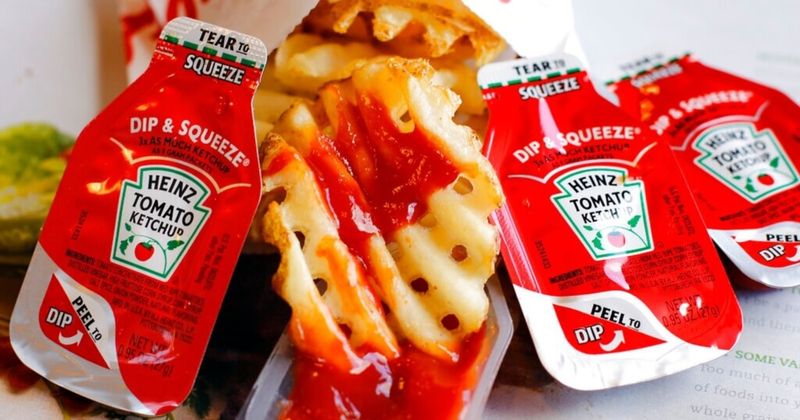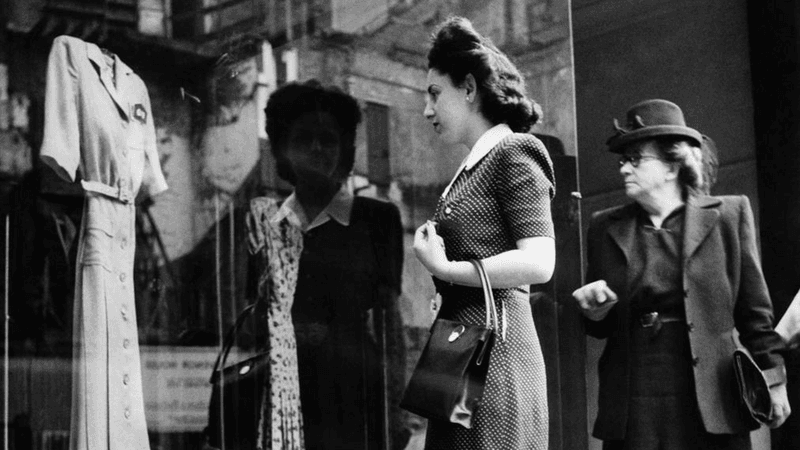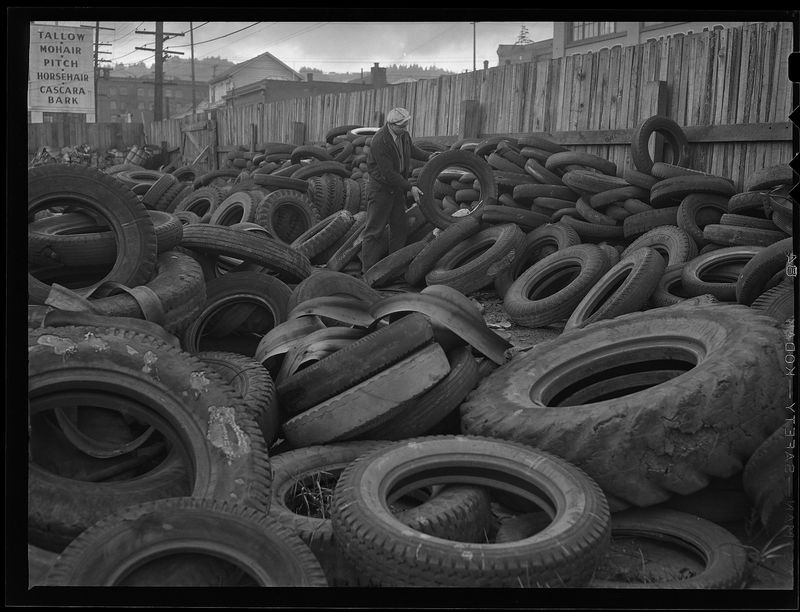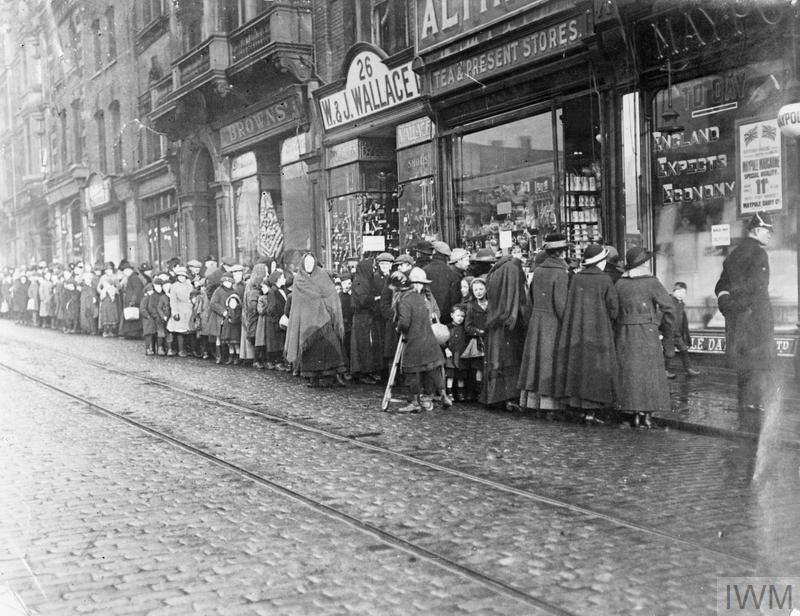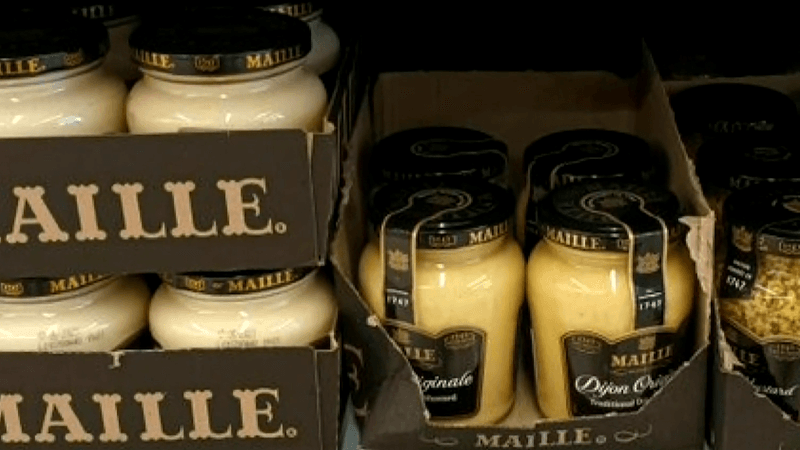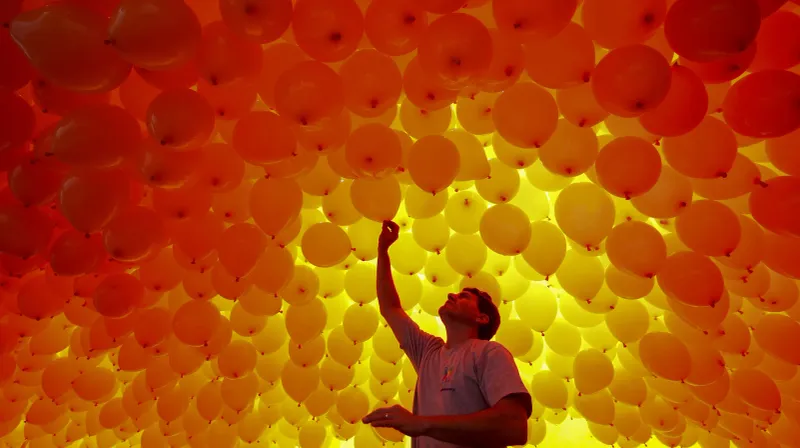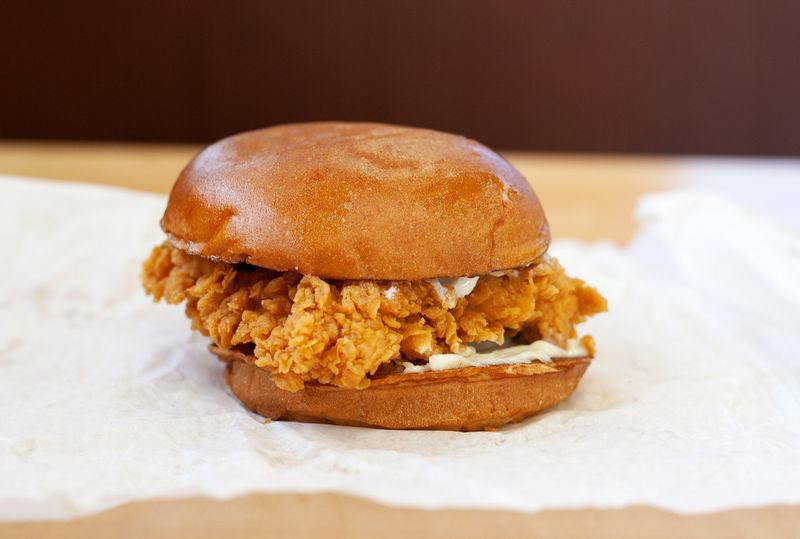Most people expect shortages during wars or natural disasters—but sometimes, history throws us a curveball. From panics over breakfast staples to a total lack of buttons, here are 17 of the strangest shortages the world has ever seen.
1. The Great Ketchup Shortage (2020-2021)
During the COVID-19 pandemic, restaurants pivoted to takeout services, and the demand for ketchup packets soared. Heinz, a leading producer, couldn’t keep up initially. As a result, packets became scarce, leading to a temporary condiment crisis.
This shortage forced restaurants to seek alternatives and highlighted the unexpected challenges of shifting consumer habits. It serves as a modern example of how a global event can impact supply chains in the most peculiar ways. The ketchup packet shortage is a testament to the pandemic’s wide-reaching effects, influencing even the smallest dining details.
2. Lack of Lemmings (1955)
In 1955, Disney faced a peculiar problem while filming the documentary “White Wilderness.” There was a shortage of lemmings in the wild, leading producers to stage scenes. This decision inadvertently popularized the myth of mass lemming suicides.
The lack of lemmings prompted filmmakers to import and manipulate their behavior for the camera, sparking controversy. This shortage, and the subsequent myth, underscore the ethical dilemmas in wildlife filmmaking. It’s a fascinating example of how resource shortages can influence media narratives. The legacy of this myth continues to intrigue and baffle audiences.
3. The Bicycle Boom (1890s & 2020)
The bicycle craze gripped the world in the 1890s, and again in 2020. Both times, manufacturers couldn’t meet demand, leading to widespread shortages. In the 1890s, it was a social revolution, while in 2020, a pandemic-driven exercise alternative.
These shortages highlight how societal shifts can trigger unexpected demand spikes. In both eras, bicycles represented freedom and mobility, capturing public imagination. The two bicycle booms, separated by over a century, show the enduring appeal and occasional scarcity of this simple two-wheeled invention. Such trends remind us of the cyclical nature of consumer interests.
4. Button Shortage (WWII)
During World War II, material resources were diverted to support the war effort, causing a shortage of clothing buttons. This scarcity led to creative adaptations, with people using string ties and other substitutes for fastenings.
The button shortage illustrates the far-reaching effects of wartime resource allocation. It also sparked innovation in fashion, as individuals sought practical solutions to everyday problems. Such shortages reveal the intersection of necessity and creativity. The wartime button scarcity is a testament to human adaptability in the face of material constraints, highlighting the ingenuity born from necessity.
5. The Rubber Crisis (World War II)
World War II saw the Allies lose access to 90% of the world’s natural rubber, leading to a crisis. Rationing became essential, and synthetic rubber research advanced rapidly as a result.
This shortage impacted both military and civilian life, prompting rubber drives and conservation efforts. It showcases how crucial materials can become geopolitical flashpoints. The situation spurred technological innovation and collaboration, leading to significant advancements in synthetic materials. The rubber crisis remains a pivotal moment in resource management history, reflecting the interconnectedness of war, industry, and innovation.
6. Toilet Paper Panic (1973)
In 1973, Johnny Carson made a passing joke about toilet paper running out, and it spiraled into a nationwide panic. People rushed to stores, and shelves were stripped bare. Although it was unfounded, the frenzy highlighted how easily misinformation can spread.
This created a real shortage, with stores struggling to restock fast enough. The incident stands as a humorous yet cautionary tale of the power of media and public reaction. Even today, it’s remembered as a bizarre moment in consumer history when a simple joke turned into a tangible crisis.
7. The Great Whiskey Shortage (1960s Japan)
In 1960s Japan, whiskey became so popular that distilleries couldn’t keep up with demand. Bars ran dry, creating a shortage that left whiskey enthusiasts parched.
This shortage was a cultural phenomenon, driven by changing tastes and increasing affluence. It highlighted the challenges of balancing production with consumer demand. The whiskey scarcity served as a lesson in market dynamics and the intricacies of supply and demand. It also marked the beginning of Japan’s long-standing love affair with whiskey, which continues to influence global markets today.
8. Nintendo Wii Famine (2006)
When the Nintendo Wii launched in 2006, it sparked a frenzy. Stores were overrun, and the console quickly became hard to find. Parents camped out, and resellers capitalized on the scarcity by hiking prices.
This shortage was a modern phenomenon, fueled by the console’s innovative gameplay and broad appeal. It underscored the unpredictability of consumer electronics markets. The Wii’s scarcity illustrates how product launches can become cultural events, where demand far exceeds supply. This episode in gaming history is a reminder of the excitement and chaos that can accompany technological innovation.
9. Coin Shortage (2020)
In 2020, the COVID-19 pandemic led to an unexpected coin shortage in the United States. With fewer people using cash, the circulation of coins slowed dramatically.
This shortage created challenges for businesses and consumers alike, as exact change became a rare commodity. It highlighted the reliance on physical currency, even in an increasingly digital world. The coin shortage underscored the unintended consequences of a shift in consumer habits, reflecting broader economic impacts. It serves as a reminder of the complexities within financial systems and the adaptations required during unprecedented times.
10. The Sugar Scarcity (1917)
In 1917, during World War I, sugar was heavily rationed in the United States. Families turned to honey and molasses as alternatives in their recipes.
This scarcity affected daily life, altering culinary traditions and recipes nationwide. It demonstrated the impact of global conflict on domestic resources. The sugar shortage emphasized the importance of adaptability and resourcefulness at home. This period is a fascinating glimpse into how households adjusted to ensure continuity in the face of scarcity. The sugar scarcity also highlighted the interconnectedness of global supply chains and national consumption patterns.
11. The Great Mustard Crisis (France, 2022)
In 2022, France experienced an unexpected mustard shortage due to a poor harvest in Canada and disruptions from the war in Ukraine. Mustard, a staple in French cuisine, became a rare commodity.
This shortage affected households and restaurants, leading to creative culinary substitutions. It highlights the delicate balance of agricultural supply chains and their vulnerability to external factors. The crisis serves as a reminder of the interconnected nature of global agriculture and consumer markets. It also underscores the cultural significance of mustard in France, where it is not merely a condiment but a culinary essential.
12. Typewriter Ribbon Drought (1980s USSR)
During the 1980s, the Soviet Union faced a typewriter ribbon shortage, bringing bureaucratic processes to a standstill. Offices struggled to maintain productivity amid this unexpected scarcity.
The typewriter ribbon shortage revealed the vulnerabilities of centralized supply systems and their impact on everyday operations. This peculiar crisis highlighted the importance of seemingly mundane supplies in maintaining administrative functions. It serves as a historical example of the challenges faced by bureaucratic institutions during periods of supply disruption. The typewriter ribbon drought is a testament to the complexities of resource distribution in planned economies.
13. Clergy Wig Shortage (1700s England)
In the 1700s, England experienced a shortage of powdered wigs, crucial for clergy and the elite. This fashion crisis affected sermons and social gatherings.
The wig shortage highlighted the intersection of fashion and social status during the period. It also underscored the reliance on specific materials for maintaining societal norms. This peculiar scarcity reveals the cultural importance of wigs as symbols of status and authority. The clergy wig shortage is a fascinating glimpse into the fashion dynamics of the past, where style and tradition intertwined with religious and social practices.
14. Helium Balloon Shortage (2019)
In 2019, a global helium shortage affected party stores, hospitals, and scientific research. Helium, essential for filling balloons and operating MRI machines, became scarce.
This shortage highlighted the critical role of helium beyond party decorations, impacting medical and scientific fields. It underscored the importance of resource management and the delicate balance of supply for rare elements. The helium scarcity serves as a reminder of the interconnectedness of consumer and industrial uses. It also prompted discussions on conservation and sustainable sourcing for vital materials.
15. Boba Bubble Tea Crisis (2021)
In 2021, bubble tea enthusiasts faced a crisis as shipping delays and tapioca shortages made boba pearls scarce. This shortage turned bubble tea into a rare luxury.
The shortage revealed the vulnerabilities in global supply chains and the impact on niche markets. It sparked creativity among bubble tea shops, as they experimented with alternatives to satisfy eager customers. The boba crisis highlights the cultural significance of bubble tea and the passion of its fans. It serves as a quirky example of how small disruptions can ripple through food and beverage industries.
16. The Chicken Sandwich Shortage (2019)
In 2019, Popeyes launched its iconic chicken sandwich, only to face an unexpected shortage. Demand far exceeded supply, leading to long lines and even chaos.
This shortage became a cultural phenomenon, with social media amplifying the hype. It underscored the power of viral marketing and the unpredictability of consumer demand. The chicken sandwich scarcity is a case study in modern consumer behavior, where a product’s popularity can outpace logistical planning. It highlights the excitement and challenges of launching a successful fast-food item in today’s competitive market.
17. Lego Shortage (1950s)
In the 1950s, Lego faced a shortage due to skyrocketing demand in Europe. The company struggled to supply eager children, leading to rationing.
This scarcity highlighted the popularity of Lego as a beloved toy and its impact on childhood play. It also underscored the challenges of scaling production to meet consumer desires. The Lego shortage is a nostalgic reminder of the brand’s enduring appeal and the complexities of manufacturing. It serves as a testament to the global love for these iconic building blocks, which continue to inspire creativity across generations.

